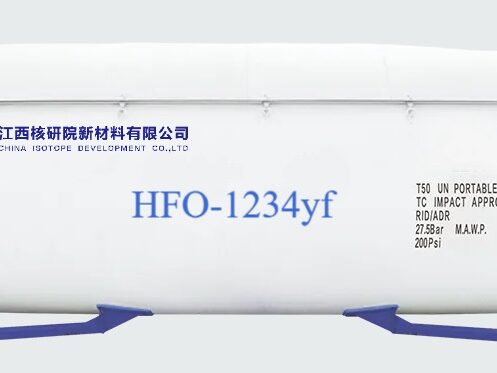Research Report: R245fa (HFC-245fa) – China’s 2026 Quota Release
Research Report: R245fa (HFC-245fa) – China’s 2026 Quota Release BY Tao, Published Dec 11, 2025 R245fa (1,1,1,3,3-pentafluoropropane), a third-generation hydrofluorocarbon (HFC), serves primarily as a blowing agent in rigid polyurethane (PU) foam insulation. It has gained prominence as a substitute for the phased-out second-generation refrigerant HCFC-141b. Recent policy developments in China, the world’s…










